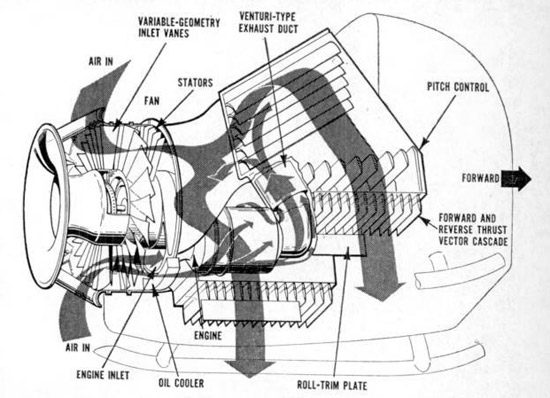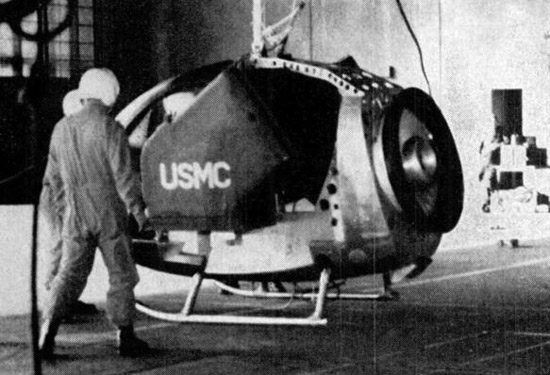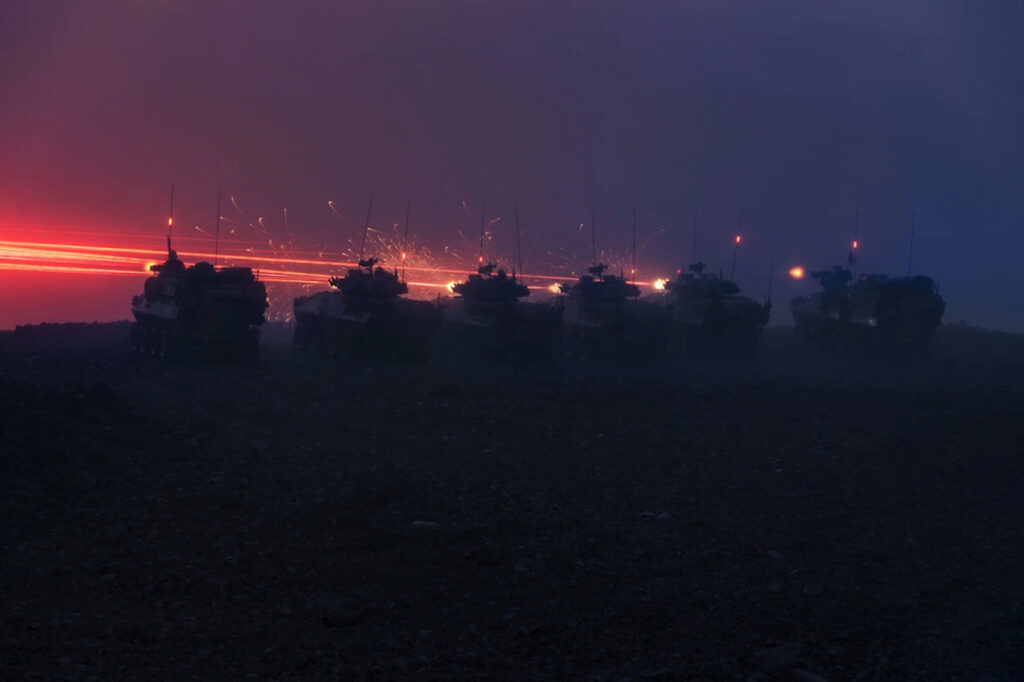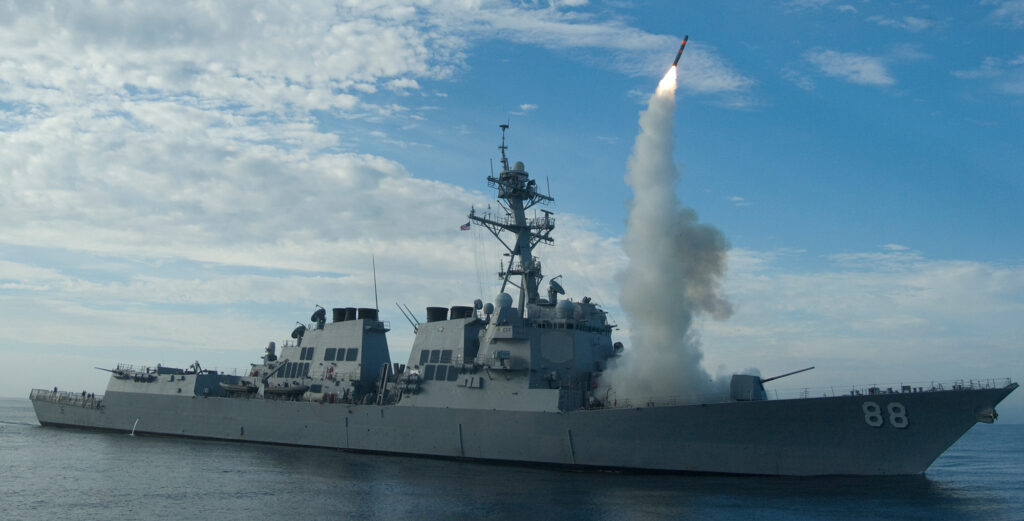A simple grainy black-and-white picture of the STAMP initially drew me in. I am drawn to the weird side of things but in the world of military aviation, I’ve only recently reached the first layer of weirdness. And in that first layer, I peeled back out and popped the Garrett STAMP which was a real project from the zany days of Cold War American aviation.
The STAMP – Garrett’s flying jeep
Garrett AiResearch developed the STAMP – which stands for Small Tactical Aerial Mobility Platform – for the United States Marine Corps.
The project started in the early 1970s and was a mere 500,000-dollar contract. Garrett engineers worked under Pentagon supervision at China Lake.
The STAMP would be a Vertical Take Off and Landing (VTOL) vehicle.

Garrett was an entirely new type of VTOL at the time. Air was sucked through the rear of the engine and out the bottom to generate a reported half-ton of thrust with a 6,000 RPM fan. Four sets of cascades allowed the air to be directed and provide directional movement to the STAMP. The prototype used the fuselage of a Hugh OH-6A Cayuse, with its rotor and tail removed, and a Garrett TSE-221 turboshaft engine. The vehicle was completely dependent on the thrust generated from the turboshaft.
Related: What exactly is MARSOC, the Marines’ elite special operations component?
A futuristic vehicle – but for what purpose?
The STAMP weighed 670 pounds and was eight feet long, six feet wide, and six feet tall making it fairly compact for an aircraft. The design was often optimistically labeled a flying jeep. The micro-sized aircraft could accommodate two personnel in total.
However, the Garrett STAMP wasn’t fast: Its speed was 75 miles per hour and had about 30 miles worth of fuel in its 10-gallon tank. According to reports, it had the potential to climb to 5,000 feet. Yet, since these were the specs for the prototype if the program had gone on longer, the vehicle might have become faster and more efficient.
Nevertheless, the idea was abandoned. Most likely, this was because if the STAMP were damaged or malfunctioned, it would fall right out of the sky. There was no means for the craft to float back to the ground for a controlled landing.
It is unclear what purpose the Garrett STAMP would have served if it had entered service.

It could have offered an infantry battalion its own organic air vehicles, but its short range and limited troop capacity would make it tough to use for much. Further, it was unarmed and thin-skinned and would likely fly too low and slow for recon work.
Potentially, they could be simple utility vehicles and not necessarily combative. For example, they could be used to insert troops into tough-to-reach areas as they didn’t need much room to take off or land and were small enough to be hauled around on a trailer.
Sadly, although we don’t know what the Garrett STAMP’s purpose would have been, we can still enjoy the vehicle’s weirdness. It’s downright cool and reminds me of something from the GI Joe cartoon series. You know what Joe would say, “knowing is half the battle” and now you know about the STAMP.
Read more from Sandboxx News
- Appearance is everything in the age of digital warfare
- F-35 versus A-10 showdown revived as new documents come to light
- SR-72? Hints of a new Skunk Works spy plane reignite rumors of a Blackbird successor
- Accounts of daily life with the Delta Force through 18 months of global training
- The Tavor rifle was made for the Israeli military’s unique situation – Service rifles from around the world





